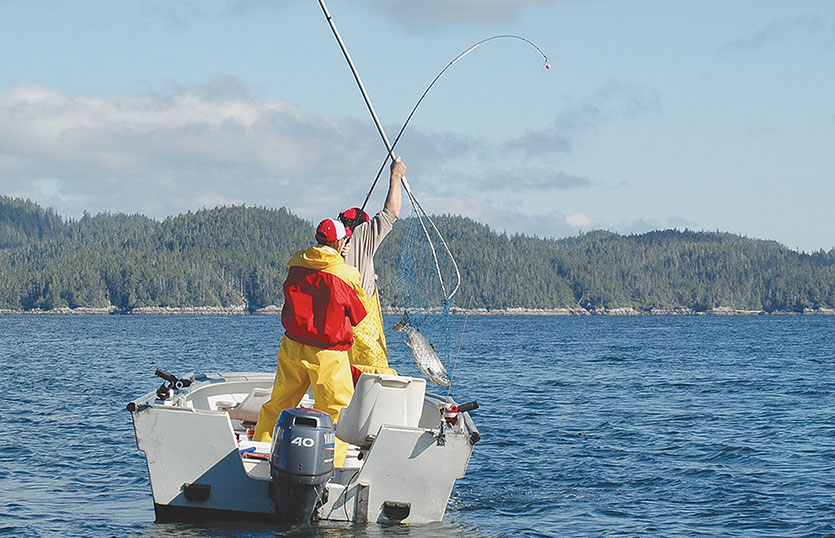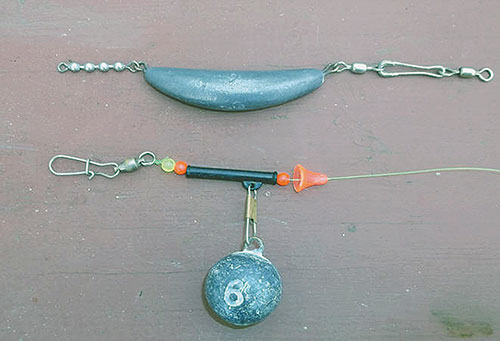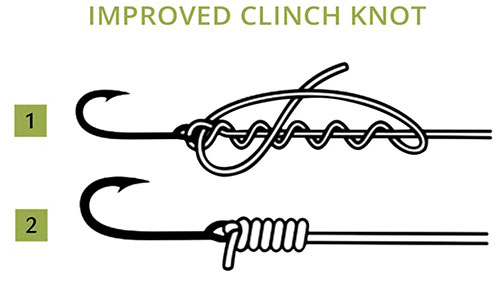
What is motor mooching? In my research, I found that in the early days (about 1900), when the first railroads were built to Seattle, many of the laborers were Chinese and Japanese immigrants who fished off the docks using herring they had caught themselves. When the locals saw how successful these fishermen were, they would come along and ask if they could get some herring from them. These Chinese and Japanese referred to them as “moochers” and so became the local name for those who fished in that manner with herring.

As time went by, things progressed, and entrepreneurs emerged providing bait. From the best sources I found that mooching got into full swing in the late 1920s or early 1930s in Seattle’s Elliott Bay. Because of the competition between boathouses, they recognized the need for bait and pushed mooching as a popular way to fish to increase profits through the sale of bait. Until then, boathouses relied completely on boat rentals for revenue, as in those early days trolling plugs were the method commonly used to fish for salmon.
This was and still is today a proven method of catching all salmon in our BC waters, and it gives you a handson experience. It combines a slow troll with tidal movements to give a cut plug herring the appearance of a wounded bait fish. Salmon charge at high speeds through forage bait fish schools, slashing with their tails to kill or stun prey, then turn and return to consume their catch. Salmon also attack shallow baitfish from underneath and push them to the surface. Gulls and other birds will then dive on the same baitfish. Diving birds are usually an excellent indicator that salmon are present and are feeding.

Mooching Sinkers
A good mooching rod is 10’6” paired with your choice of a single action or double action reel, spooled with 30-pound test. I like the single action reel; my choices for years have been the Islander MR3 or the Amundson Trend X5. The set up is easy: rod, reel, line, bead chain, sinker, bead chain, leader with two barbless hooks which will hold the bait.
Starting with knots, I’ve found the “Improved Clinch“ to be the best for using to tie main line to barrel swivel, then a second barrel swivel to leader. Moisten the line to avoid line burn and test the knot. I have pre-tied the two hooks on to the 8-foot leader, with 25-pound test, and I step down 5-pound test, and if I need to break off, the 25 pound will break first over the 30.

Improved Cinch Knot
Next is the preparation of the bait, which will be covered in the next issue.![]()
Visit the Store
$34.99
$34.99
Featured Catch

Joel Unickow halibut (Photo: Rob Frawley Lucky Strike Sportfishing Tofino)







